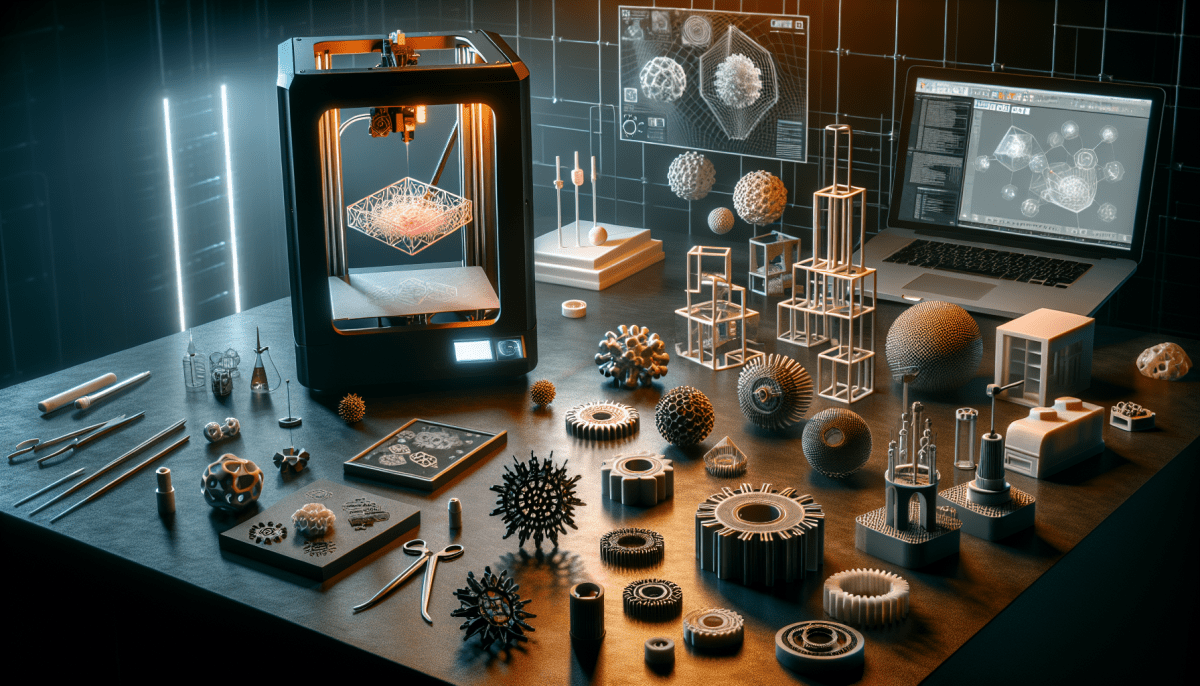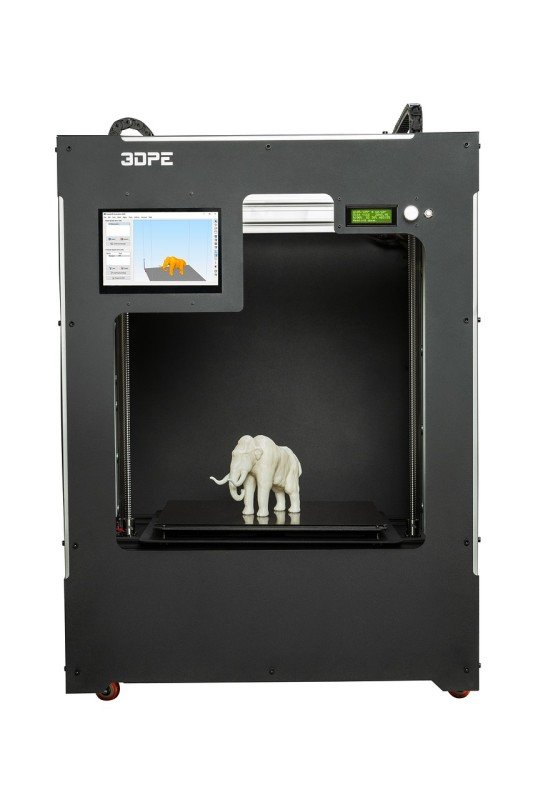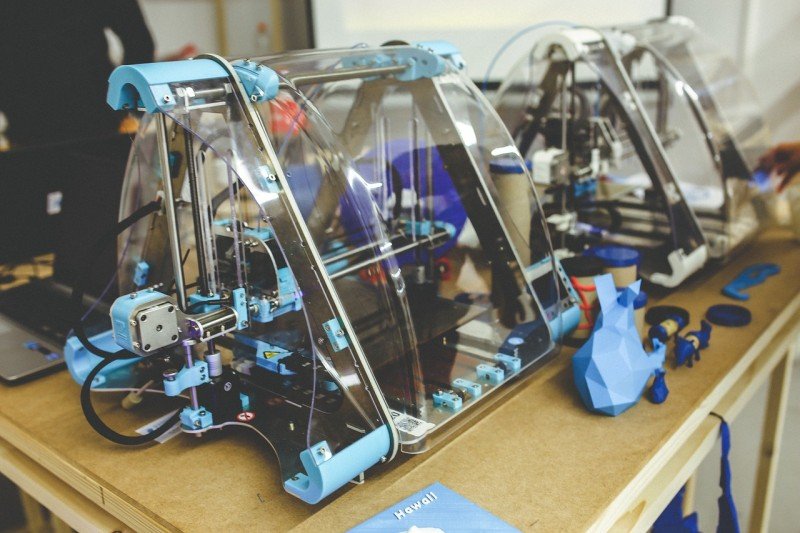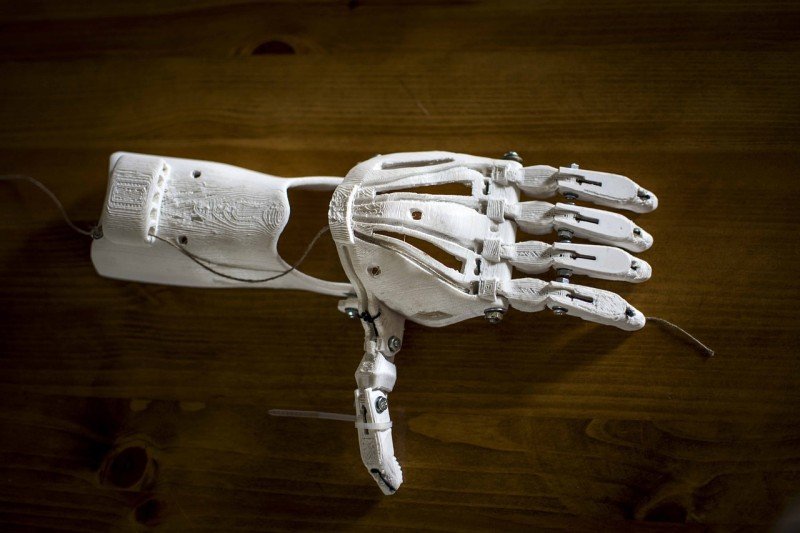3D printing might sound like a complex topic, but once you break it down, it’s pretty straightforward. At its core, 3D printing is about turning digital designs into real, tangible objects. You start with a 3D model, which can be created using software or downloaded from various online libraries. Simple enough, right?
The magic happens with a 3D printer. These machines create objects layer by layer, using materials like plastic, resin, or even metal. Think of it like frosting a cake; you lay down a base and then keep adding layers until you get the final shape. This additive process allows you to make intricate designs that traditional manufacturing methods might struggle with.
Different types of 3D printing technology exist, but the two most popular among beginners are Fused Deposition Modeling (FDM) and Stereolithography (SLA). FDM is known for its ease of use and wide range of materials, making it a great choice if you’re just starting out. SLA, on the other hand, offers higher detail and smooth finishes, but it can be a bit more involved.
If you’re looking to dive in, consider what you want to print and how much detail you need. Also, think about what materials you’d like to work with. There's no shortage of resources and communities out there to help, whether you want advice on printers, materials, or design tips. With a little bit of practice, you'll be amazed at what you can create!
Choosing the Right 3D Printer
First, think about what you want to print. Are you looking to create small figurines, functional parts, or complex designs? If you're mainly interested in toys and small models, a Fused Deposition Modeling (FDM) printer might be just what you need. They're affordable and user-friendly! On the other hand, if you're eyeing professional-quality prints, you might want to explore Stereolithography (SLA) printers, which offer more detail but come with a higher price tag.
Next, consider the size of the printer. Do you have enough space? Larger printers can handle bigger projects but may take up more room in your workspace. A compact printer can be a good choice if you're short on space and planning to print smaller items.
Don't forget about budget! Prices for 3D printers can range quite a bit. If you're just getting started, you might want to look for a printer that offers a good balance between cost and features without breaking the bank. Many beginner-friendly printers come in at a reasonable price and still deliver great results.
Finally, check out the community and support available for the printer you're considering. A strong online community can be super helpful, especially when you're just starting out. Look for user reviews and forums where you can ask questions and learn from others’ experiences. This can make your journey into 3D printing a lot more enjoyable!
Essential Materials for Your Prints
If you're diving into the world of 3D printing, one of the first things you'll need to get familiar with is the materials you'll be using. Different prints may require different types of filament or resin, so it helps to know what your options are and what might work best for your projects.
Filament Types: The most common material for 3D printing is filament, typically made from plastic. Here are a few popular options:
Resins: If you're using a resin printer, materials come in liquid form. The right choice can depend on what you're making:
Understanding these materials will help you choose the right one for your print. Keep in mind that the printer you’re using may have limitations, so always check compatibility. With the right materials, you’ll be well on your way to creating amazing 3D prints!
Tips for First-Time Print Success
Starting your journey into 3D printing can feel a bit overwhelming, but don't worry! Here are some practical tips to help you make your first print a success.
1. Choose the Right Design: Before you hit the print button, select a simple model. Look for beginner-friendly designs on platforms like Thingiverse or MyMiniFactory. Starting with basic shapes will help you get a feel for the process and avoid frustrations.
2. Check Your Printer Settings: Familiarize yourself with your printer’s settings. Things like layer height, print speed, and temperature can make a big difference. For your first print, try using standard settings recommended by the printer’s manufacturer—this usually saves you a lot of headaches!
3. Level the Build Plate: A well-leveled build plate is crucial for a good first print. Take the time to do this before starting. If your first layer doesn’t adhere properly, your print might fail. Most printers come with instructions on how to level the plate, so be sure to follow them.
4. Use the Right Material: PLA (Polylactic Acid) is a great material for beginners. It’s easy to use, doesn’t require a heated bed, and sticks well to surfaces. Plus, it’s eco-friendly! Once you get the hang of it, you can explore other materials like ABS or PETG.



